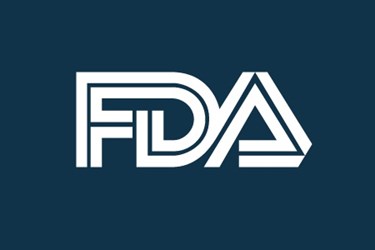FDA Issues Draft Guidance On Use Of Adult Clinical Data In Pediatric Device Applications

The FDA released a draft guidance that explains how device manufacturers can extrapolate data obtained during clinical trials with adult subjects to support premarket applications for pediatric use. With this clarification, the agency thinks that more devices will receive pediatric approval and be more widely available for safe and effective use.
The new draft guidance builds on principles outlined in the final Premarket Assessment of Pediatric Medical Devices guidance released last year, which explained the special considerations and risk assessments that are necessary for devices intended for pediatric populations.
In last year’s guidance, the agency remarked that clinical trials with pediatric participants, who are defined as anyone under the age of 21, presented a complex set of challenges. Such studies faced difficulties with enrollment and obtaining consent from a “particularly vulnerable subgroup of research subjects.”
The guidance also expressed that in some circumstances and to a limited extent, it may be possible for device manufacturers to extrapolate data from studies with adult subjects when proving a device’s safety and efficacy for pediatric use.
In the new draft guidance, called Leveraging Existing Clinical Data for Extrapolation to Pediatric Uses of Medical Devices, the FDA offers further clarification of when that extrapolation may be possible and how it can be achieved.
“FDA believes that leveraging relevant available clinical data, when appropriate, may lead to more devices being approved for pediatric indications, which will increase the availability of medical devices with appropriate labeling,” said the agency in the draft’s introduction.
Whether manufacturers can use adult data will depend on a number of factors, including the nature of the underlying disease or condition, the similarity of the condition’s course in adults and children, and what is already known of the product’s use in adult populations.
Depending on these variables, the FDA can allow manufacturers to submit adult data in full or in part, and the guidance offered an idea of how the agency might decide whether such extrapolation is appropriate.
According to the guidance, the agency expects for applications with fully extrapolated data to be very rare and commented that safety was likely to be a more difficult hurdle than efficacy.
The FDA also stressed that considerations such as growth, hormone fluctuations, size requirements, physiological differences, and maturity levels should be evaluated before a device is deemed safe for use by children.
Still, the agency is hopeful that these new allowances will offer pediatric patients better access to life-saving devices.
“This approach will potentially streamline the requirements for establishing a pediatric intended use claim, and enhance and encourage pediatric device development programs,” the guidance read.
The FDA will accept comments on the content of the draft for 90 days.
